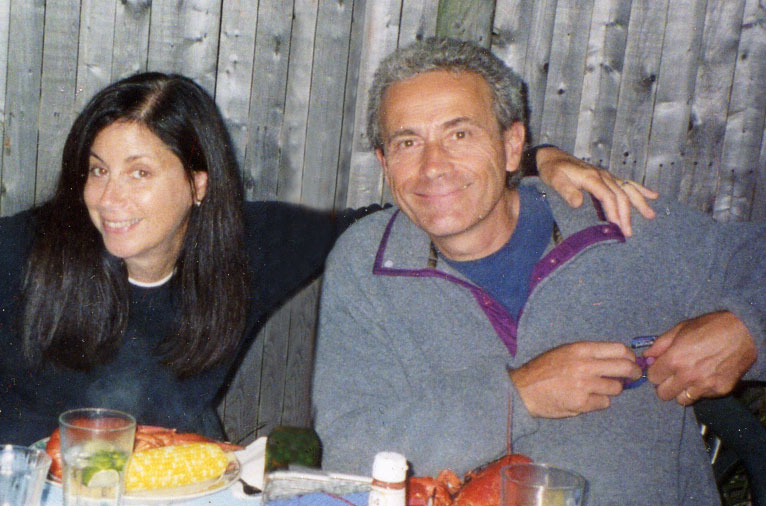 Scientists are not political big shots, or the rock stars of the environmental movement. They are concerned citizens like you and I who set out to systematically discover and document answers to pressing scientific queries. Doctors, nurses, researchers and professors devote their lives to making the world a better place for our families.
Scientists are not political big shots, or the rock stars of the environmental movement. They are concerned citizens like you and I who set out to systematically discover and document answers to pressing scientific queries. Doctors, nurses, researchers and professors devote their lives to making the world a better place for our families.
Earlier this year, more than 2,500 U.S. scientists sent a letter to members of Congress urging them to reject legislation that would gut the EPA of its protective safeguards and ignore the human toll that inaction would take on their citizens. Here is an excerpt from the Scientists’ Statement.
“We urge you (Congress) to oppose attacks on the Clean Air Act by respecting the scientific integrity of the EPA’s endangerment finding, and the agency’s authority to act based on this finding.”
We trust these smart folks with the health of our children. Scientists know that stripping the EPA of its ability to protect our children against environmental pollutants means more asthma attacks, more respiratory illnesses and disease, and more premature deaths. They are well aware that in the past 40 years, the Clean Air Act has prevented 400,000 premature deaths and hundreds of millions of cases of respiratory diseases, which is why…
1. The Lung Doctor - Dr. Albert A. Rizzo of the American Lung Association and a pulmonary and critical care physician, responded to the release of American Electric Power’s evaluation of the impact of Clean Air Act pollution protections:
“Continuing to belch hazardous pollutants into the air we breathe is not an acceptable business practice and neither is threatening rate hikes and electricity shortages when big polluters are asked to clean up their toxic emissions. The EPA’s proposed mercury and air toxics reduction rule will prevent 17,000 premature deaths and 120,000 asthma attacks each year. Yet, American Electric Power (AEP) is irresponsibly attempting to scare Americans away from demanding that their children no longer be exposed to dangerous levels of pollutants like mercury and arsenic, and other toxic pollutants. Clean Air Act protections do not mandate the closing of power plants but rather set standards that many energy companies have met using existing technologies to successfully rein in dangerous pollutants. The imperative to clean up is strong: these toxins are directly linked to grave health problems, from developmental complications in babies and young children, to asthma attacks and long-term lung complications. After more than two decades of delay, big polluters and their friends in Congress want further delays rather than investing in pollution cleanup.”
2. The Pediatrician - Dr. Jerome A. Paulson, for the American Academy of Pediatrics, testified last week at the Senate's Clean Air Act and Public Health hearing. The whole testimony is powerful, but here’s his statement on the effects of mercury on children:
“As a pediatrician who has cared for children suffering from the health impacts of air pollution, I am incredibly concerned about threats to clean air and the effect of air pollution on children’s health…The developing fetus and young children are disproportionately affected by methyl mercury exposure, because many aspects of development, particularly brain maturation, can be disturbed by the presence of methyl mercury. Minimizing mercury exposure is essential to optimal child health.”
3. The Science Professor - Dr. Arden Pope, a Brigham Young University epidemiologist who led a New England Journal of Medicine study, found that efforts to reduce fine particle pollution from automobiles, diesel engines, steel mills and coal-fired power plants have added between four and eight months to the average American’s life expectancy:
“It’s stunning that the air pollution effect seems to be as robust as it is…However, the continuing problem demonstrates that more remains to be done, especially in cleaning up coal-fired power plants and existing diesel engines.”
4. The Heart Doctor - Dr. Robert Brook is the lead author of The American Heart Association (AHA) report stating that there is strong evidence that air pollution can clog arteries, and cause strokes and heart attacks.
“Particulate matter appears to directly increase risk by triggering events in susceptible individuals within hours to days of an increased level of exposure, even among those who otherwise may have been healthy for years.”
5. The Energy Scientist - Steve Clemmer, the Director of Energy Research for the Union of Concerned Scientists claims that limiting coal, gas and nuclear power, and boosting the renewable energy practices of wind and solar, could meet 27% of America’s electricity needs by 2030:
“Unlike natural gas, coal or nuclear plants, wind and solar plants don’t produce air or water pollution, global warming emissions or waste products, and use much less water.”
Oh, there is a rock star scientist…and he knows Oprah!
Dr. Oz says:
“It’s sobering news that one in five people still live in communities with lethal levels of smog and particulate pollution — the toxic soup of chemicals, metals, acids, ash and soot that triggers asthma attacks, heart attacks, strokes and early deaths. Makes you want to close the windows, bar the door and stay home.”
The science proves that that Clean Air Act is the bedrock that protects our children from pollution that otherwise would make their lives shorter or less healthy. For the sake of our kids, does it make sense to debunk and diminish the warnings of scientists?
Here’s how to speak up…or forever hold your breath:
Join the Moms Clean Air Force and help us fight for clean air for our kids. We need your voice! If you haven't already, please email the EPA to show your support of the new Mercury and Air Toxics rule. Thanks!
Credit: Anne Burgess for the New York Times









